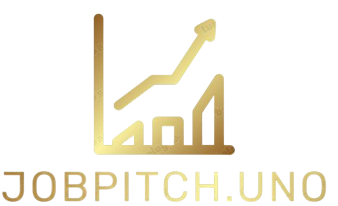When you invest, the returns your money generates are exciting. However, what often goes unnoticed by new investors are the various fees and costs that quietly eat away at those returns over time. Even small percentages can have a massive cumulative impact over years and decades. An essential investment webinar will shine a light on these hidden costs, teaching you how to identify them and minimize their impact to maximize your net gains.
Why Fees Matter So Much
A webinar will typically start by illustrating the compounding effect of fees. Imagine you earn an average of 7% per year, but pay 1.5% in fees. Your net return is 5.5%. Over 30 years, that seemingly small 1.5% difference can cost you tens of thousands, or even hundreds of thousands, of dollars in lost potential growth. Fees are a guaranteed drag on your returns, regardless of market performance.
Types of Fees and Costs Explained in a Webinar:
- Management Fees (Expense Ratios/TER):
- Explanation: This is the most common fee, particularly for mutual funds and ETFs. It’s an annual percentage of the assets under management. A webinar will distinguish between actively managed funds (which tend to have higher fees, often 0.5% to 2% or more) and passively managed index funds/ETFs (which are much lower, often 0.03% to 0.2%).
- Key takeaway: Lower expense ratios are almost always better.
- Trading/Transaction Fees (Commissions):
- Explanation: Fees paid each time you buy or sell a stock, ETF, or mutual fund. While many online brokers now offer commission-free trading for stocks and ETFs, some mutual funds or specific types of trades might still incur fees.
- Key takeaway: Be aware of these if you trade frequently or use certain investment vehicles.
- Advisory Fees:
- Explanation: If you use a human financial advisor or a robo-advisor, you pay for their services. This can be a percentage of assets under management (e.g., 0.25% to 1.5% annually), a flat fee, or an hourly rate.
- Key takeaway: Understand what services you receive for the fee and ensure it aligns with the value provided.
- Sales Loads (Front-End/Back-End Loads for Mutual Funds):
- Explanation: A “front-end load” is a commission paid when you buy a mutual fund. A “back-end load” is paid when you sell. These are less common with modern investment platforms but still exist.
- Key takeaway: Avoid funds with sales loads if possible, as they immediately reduce your invested capital or future proceeds.
- Account Maintenance Fees:
- Explanation: Some brokerage accounts charge annual fees just for holding the account, though many offer free accounts if you meet certain criteria.
- Key takeaway: Look for brokers with no or low account maintenance fees.
- Other Potential Fees:
- Wire transfer fees, inactivity fees, early withdrawal penalties for certain accounts, etc.
Strategies to Minimize Investment Costs (Webinar Advice):
- Choose Low-Cost Index Funds and ETFs: These passively managed funds typically have significantly lower expense ratios than actively managed mutual funds.
- Utilize Commission-Free Trading: Select a brokerage platform that offers commission-free trading for the assets you plan to buy.
- Be Mindful of Over-Trading: Frequent buying and selling often racks up transaction fees and can lead to less optimal returns due to market timing attempts.
- Understand Advisor Fee Structures: If using an advisor, clarify their fee structure and ensure it’s transparent and fair.
- Read the Fine Print: Always review the prospectus of any fund and the fee schedule of your brokerage account.
By becoming a savvy consumer of investment products and services, you can significantly reduce the silent drain of fees on your returns, ultimately leading to greater wealth accumulation over the long term.


